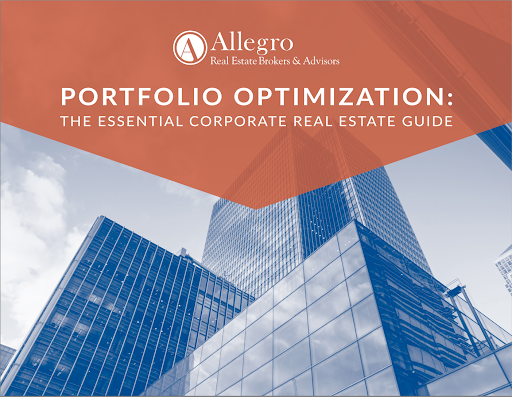Early occupancy, sometimes referred to as early possession, is when a tenant is granted access to part or all of a space they have leased prior to the lease’s start date. In most early occupancy cases, a landlord typically agrees to early occupancy as a way to encourage a tenant to sign the lease.
Oftentimes, tenants negotiate for early occupancy to get a head start on installing machinery, furniture, and telecommunications equipment, or to align their move with an outstanding lease agreement.
So, what is an early occupancy provision?
The early occupancy provision is included in a lease agreement to outline the terms of the early occupancy, and to ensure that both the landlord and tenant agree to the terms.
4 Common Components of an Early Occupancy Provision
Because each lease agreement is different, there is no standard structure for early occupancy provisions. However, several components are commonly included.
Early Occupancy Dates
This is the date and time occupancy begins and ends. This part of the provision may also include whether or not any delays impact the expiration date of the early occupancy period.
Cost to Gain Early Access
The early occupancy provision will likely also state whether or not the tenant pays base rent, operating expenses, and/or utilities during the early occupancy period. Note: It is uncommon for tenants to pay base rent during early occupancy, however, some might still have to pay expenses and utilities.
Efficacy of the Lease
The terms of the lease are usually in effect during any early occupancy period. For example, insurance and liability during early occupancy are handled the same as they would be during the lease term.
Scope of Action
The tenant and landlord typically also discuss what the tenant is allowed to perform and when, during the early occupancy period. This scope of action discussion typically happens within 60 to 90 days of signing the lease agreement.
Advantages of an Early Occupancy Agreement
Entering a short-term lease before transitioning to your new space is costly and a hassle for tenants. An early occupancy period offers tenants an alternative option, allowing them to smoothly transition from their existing lease agreement to a new one without paying overlapping rent and fees. Early occupancy also gives tenants the opportunity to move furniture and install equipment ahead of time to meet production deadlines.
Risk of Early Occupancy
Early occupancy comes with great benefits to tenants, but can also turn risky—especially if you’re relying on this time period to meet financial or operational timelines.
In some cases, the previous tenant may stay in the space past the expiration of their lease. This is called holdover and can prevent the landlord from granting early occupancy to the next tenant. This means that you become the holdover tenant in your current space and must pay a significant increase in rent as a penalty. To compensate for this increase in rent, your new landlord may cover the amount that exceeds your regular rent payment.
Understand How Early Occupancy Provisions Impact Lease Agreements
Agreeing to an early occupancy period can come with great benefits to tenants—if executed properly. Avoid the risks associated with early occupancy by seeking professional guidance when negotiating and understanding the terms of the provision within your lease agreement.
Stay Updated on the Latest CRE Insights
Our blog features helpful commercial real estate insights, straight from our commercial real estate experts. Subscribe to receive weekly content right in your inbox, on topics like advice and opinions on the state of the industry, market reports, and updates about the Allegro team.







